Blog
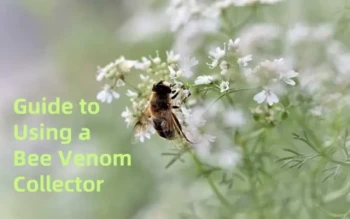
A Comprehensive Guide to Using a Bee Venom Collector
1 week agoLearn More
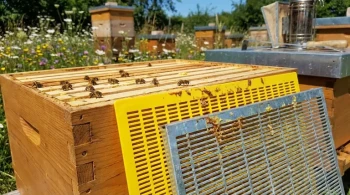
How Queen Excluder Materials Shape Hive Health and Honey Yields
1 week agoCompare plastic vs. metal queen excluders for bee health, climate resilience & cost efficiency. Make informed choices for sustainable beekeeping.
Learn More
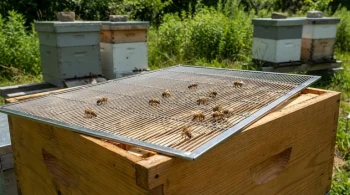
Metal Queen Excluders: The Long-Term Solution for Healthy, Productive Hives
1 week agoStainless steel queen excluders offer durability, bee welfare, and cost efficiency for commercial beekeepers. Ideal for long-term hive health.
Learn More
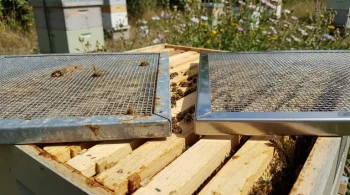
Galvanized vs. Stainless Steel Queen Excluders: A Beekeeper’s Guide to Cost, Durability, and Hive Health
1 week agoCompare galvanized vs. stainless steel queen excluders for beekeeping: cost, durability, and hive health impacts. Choose the best for your climate and scale.
Learn More
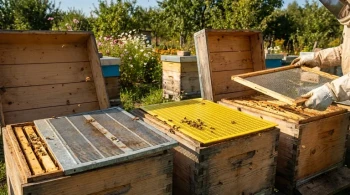
How to Choose the Right Queen Excluder for Your Beekeeping Success
1 week agoLearn how to choose the best queen excluder for your beekeeping needs—metal, plastic, or wood—based on durability, climate, and cost.
Learn More
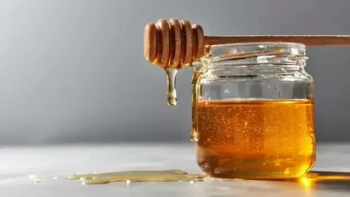
Mastering the Craft: A Professional's Guide to Calibrating Your Honey Refractometer
3 weeks agoLearn More
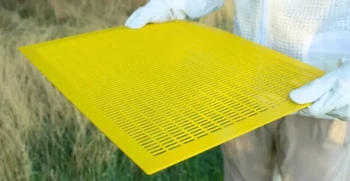
Plastic Queen Excluders vs. Alternatives: A Beekeeper’s Guide to Smarter Hive Management
3 weeks agoPlastic queen excluders offer lightweight, rust-free durability & thermal stability for beekeepers. Compare benefits vs. metal/wood alternatives.
Learn More
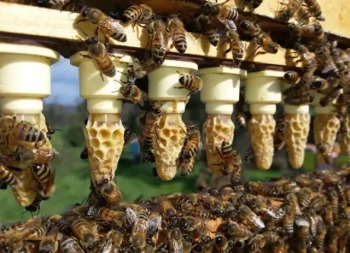
How Jenter and Nicot Systems Revolutionize Queen Rearing Efficiency
3 weeks agoDiscover how Jenter and Nicot systems boost queen-rearing efficiency with graft-free technology, higher success rates, and labor savings for beekeepers.
Learn More
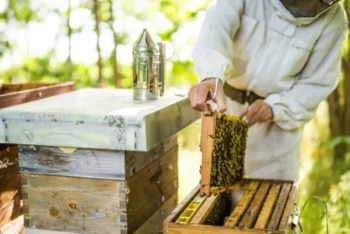
How to Optimize Your Bee Smoker for Safer, More Efficient Beekeeping
4 weeks agoLearn how to optimize your bee smoker for safer, more efficient beekeeping with tips on material selection, fuel efficiency, and maintenance.
Learn More

How to Use a Bee Brush Safely: Protecting Bees While Managing Your Hive
4 weeks agoLearn safe bee brush techniques to protect bees while managing hives. Tips on bristle types, handling, and alternatives for ethical beekeeping.
Learn More
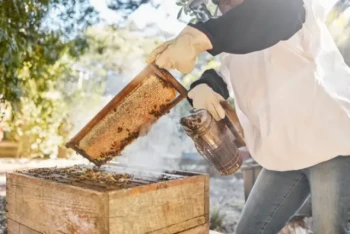
How to Use Bee Smokers Effectively: Calming Colonies Without Triggering Aggression
1 month agoLearn how to use bee smokers effectively to calm hives without triggering aggression. Master smoke timing, fuel types, and safe techniques for beekeeping.
Learn More

How to Master Your Beekeeping Smoker: Safe Operation & Optimal Fuel Choices
1 month agoLearn safe beekeeping smoker operation, fuel choices, and maintenance tips for efficient hive management and bee safety.
Learn More
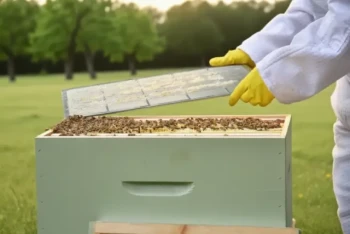
How to Use Queen Excluders for Maximum Honey Yield Without Harming Bees
1 month agoLearn science-backed strategies for using queen excluders to maximize honey yield while protecting bee health and colony productivity.
Learn More

How Queen Excluders Optimize Hive Productivity and Honey Quality
1 month agoLearn how queen excluders optimize hive productivity and honey quality in modern beekeeping. Discover mechanics, benefits, and best practices.
Learn More

How Stored Honey Frames Accelerate Colony Recovery: A Beekeeper’s Guide
1 month agoLearn how stored honey frames boost spring colony recovery with science-backed strategies for beekeepers. Enhance survival & brood production.
Learn More

How to Transition Hive Frames Safely Without Disrupting Colony Health
1 month agoLearn how to transition hive frames safely with science-backed strategies for material selection, phased implementation, and colony health monitoring.
Learn More
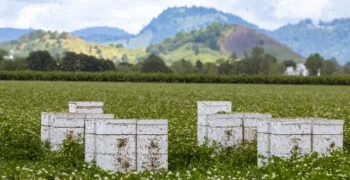
How to Choose the Best Beehive Type for Your Climate and Terrain
1 month agoLearn how to choose the best beehive type for your climate and terrain, with insights on insulation, durability, and hive performance.
Learn More
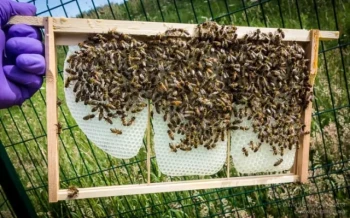
Why Wooden Beehive Frames Outperform Alternatives: Science, Sustainability, and Beekeeper Experiences
1 month agoDiscover why wooden beehive frames outperform plastic alternatives in sustainability, bee health, and cost-efficiency for modern beekeeping.
Learn More
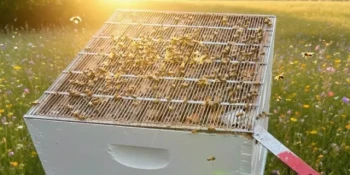
How to Optimize Queen Excluders for Healthier Bees and Better Honey Harvests
1 month agoLearn science-backed strategies to optimize queen excluders for healthier bees and better honey harvests. Balance productivity and bee welfare.
Learn More
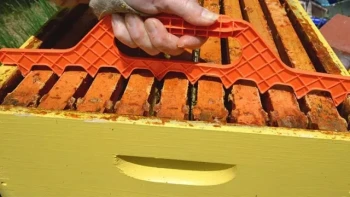
How Bee Space Dictates Hive Success: Science-Backed Management Strategies
1 month agoLearn how maintaining the precise 5/16" bee space in hives boosts colony health, reduces swarming, and increases honey yields. Science-backed strategies.
Learn More
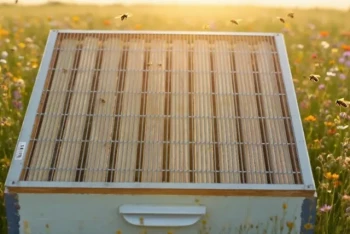
How to Optimize Queen Excluder Placement for Healthier Hives and Higher Honey Yields
1 month agoLearn how to optimize queen excluder placement for healthier hives and higher honey yields with expert beekeeping tips.
Learn More
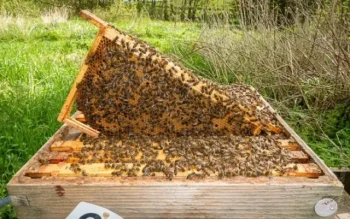
How Wooden Frames Deliver Better Long-Term Value for Commercial Beekeepers
1 month agoWooden frames offer commercial beekeepers long-term durability, hive health benefits, and sustainability over plastic alternatives.
Learn More
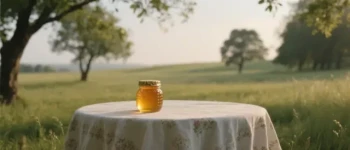
How Honey Bottle Designs Combine Convenience, Safety, and Sustainability
1 month agoExplore modern honey bottle designs that balance convenience, safety, and sustainability for mess-free use and eco-friendly packaging.
Learn More
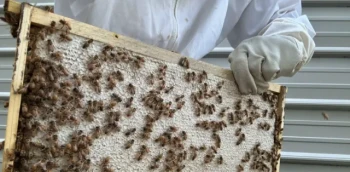
How Manual Embossing Machines Elevate Honeycomb Quality for Beekeepers
1 month agoManual embossing machines enhance honeycomb precision for beekeepers, improving colony health and honey yield with durable, adaptable tools.
Learn More
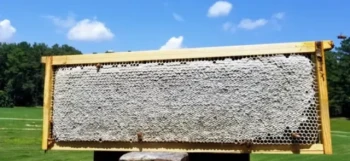
How to Optimize Hive Productivity with Proper Comb Foundation Implementation
1 month agoBoost hive productivity with proper comb foundation techniques—learn wax vs. plastic comparisons, installation methods, and seasonal timing tips.
Learn More
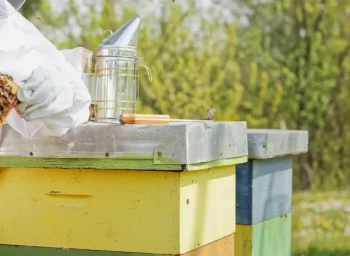
How to Use Smoke for Hive Management: Science-Backed Techniques for Beekeepers
1 month agoScience-backed guide on using smoke for hive management: disrupts alarm pheromones, triggers calming reflexes, and reduces bee stress. Optimize your beekeeping today.
Learn More
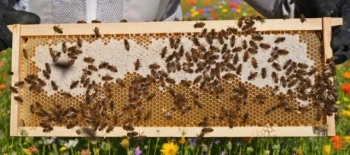
How Beekeepers Can Choose the Right Comb Reinforcement for Hive Health and Durability
1 month agoLearn how to choose the best comb reinforcement for hive durability and bee health. Compare materials, climate adaptations, and installation tips.
Learn More
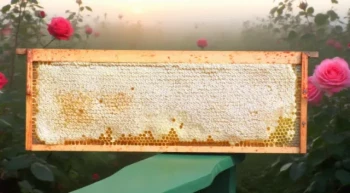
How to Harvest Honeycombs Efficiently Without Compromising Quality or Bee Health
1 month agoLearn efficient honeycomb harvesting techniques that maximize yield while ensuring bee health and honey quality. Essential guide for beekeepers.
Learn More
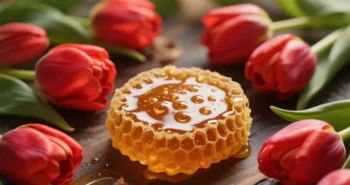
How Comb Architecture Dictates Hive Productivity: A Beekeeper's Guide
1 month agoLearn how honeybee comb architecture impacts hive productivity, from hexagonal cell efficiency to seasonal comb allocation strategies for beekeepers.
Learn More

How to Prevent Cross-Combing in Foundationless Hives: A Beekeeper’s Guide
1 month agoLearn how to prevent cross-combing in foundationless hives with expert tips on frame spacing, comb alignment, and safe correction methods.
Learn More